
The Morgan Plus 8 is a sports car manufactured by British carmakers Morgan from 1968 to 2004 and put into production in the revised form in 2012. Its instant and lasting popularity has been credited with saving the company and keeping the company famous during its 36 years of manufacture. . Among Morgan's enthusiasts, he is deeply associated with Peter Morgan, the owner-president behind his design.
The development of Plus 8 was led by Maurice Owen, an engineer specifically assigned to the role. The Plus 8 prototype was based on a modified Plus 4 chassis, modified to accept the Rover 215 cu in (3.5 l) V8 alloy block, purchased from GM-Buick in 1967. The Plus 4's Moss gearbox was transported and the Salisbury 7HA the axle was raised with a limited slip differential. The chassis was developed in stages to accommodate gearbox changes in 1973 and 1976, the body was expanded in 1976 to accommodate the extended chassis and the wings to accommodate larger tires, to deal with the growing power and tendency for profile tires lower and wider. The original 1968 Plus 8 was 1,400 mm wide and the last 1,600 mm was 64 inches (with an optional widebody at 1,700 mm) 67 inches. For several years in the 1960s, Plus Eight was the fastest to accelerate the UK production car.

o mark the 35th year of production of its Plus 8, MMC launched a commemorative 'Anniversary Edition' in 2003.
After the discontinuation of the Rover V8, production of the Plus 8 ended in 2004. A revised Plus 8, powered by a 4.8-liter BMW V8 engine, was introduced in 2012.
In 2014, Morgan announced a limited edition of the 60 Plus 8 'Speedster' models. This limited race went through the traditional roof in favor of a small protective screen and protective bars hidden behind the front seats. Launched as an entry-level Plus 8 model, they went on sale for £ 69,999
The original Plus 8 engines were Rover V8s that became available when installed in the P5B salon.
Morgan was, in fact, the first in a succession of sports car manufacturers - including TVR and Marcos - to use the engine.
The Plus 8 prototype (identifiable by two small hood protrusions near the central hood hinge) used a Rover V8 engine and the Plus 8 was launched in 1968 using the Rover production engine, a redesigned version of the Buick / Oldsmobile 215 engine ( renamed 3.5 L by Rover) with a 10.5: 1 compression powered by two SU HS6 carburetors. The high CR of 10.5: 1 was only usable because 5 * (101 octane) gasoline was still available.
In 1973, the Rover 3500 was available with a 4-speed manual gearbox and this engine / gearbox configuration was adopted by Morgan, although the compression dropped to 9.25: 1 with a consequent drop in power. With the adoption of an improved version of the engine developed for the Rover SD1 in 1977, the compression increased to 9.35: 1 and the power increased slightly. After 1981, the engine was powered by two Stromberg CD175 carburetors.
In late 1983, the company offered an EFI version using a system based on Bosch L-Jetronic. With additional power (204 hp (152 kW; 207 hp)) and low weight, the Plus 8 was, according to the road tests of the magazine of the day, able to overcome a Porsche up to 140 km / h. In 1990, a 3.9 L version of the engine was installed, using the Lucas 14CUX fuel injection system.
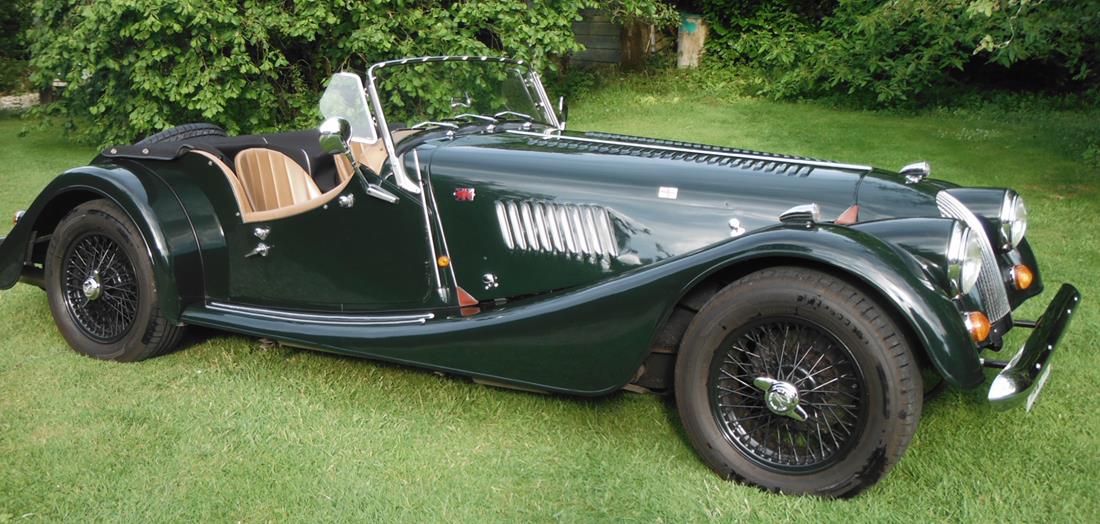
In 1996, the Rover 4.6 L engine became an option, still using Lucas's fuel injection system. From 2000, all Morgan Plus 8s were powered by the GEMS system, used in the Range Rover P38a between 1994 and 1999.
At the 2012 Geneva Motor Show, Morgan launched a new edition of the Plus 8 roadster, equipped with a 4.8L BMW V8 engine. At the same show, Morgan also presented an electric version of the Plus 8 roadster - called Plus E -, which is powered by a 70 kW (94 bhp) and 300 Nm Zytek electric motor.
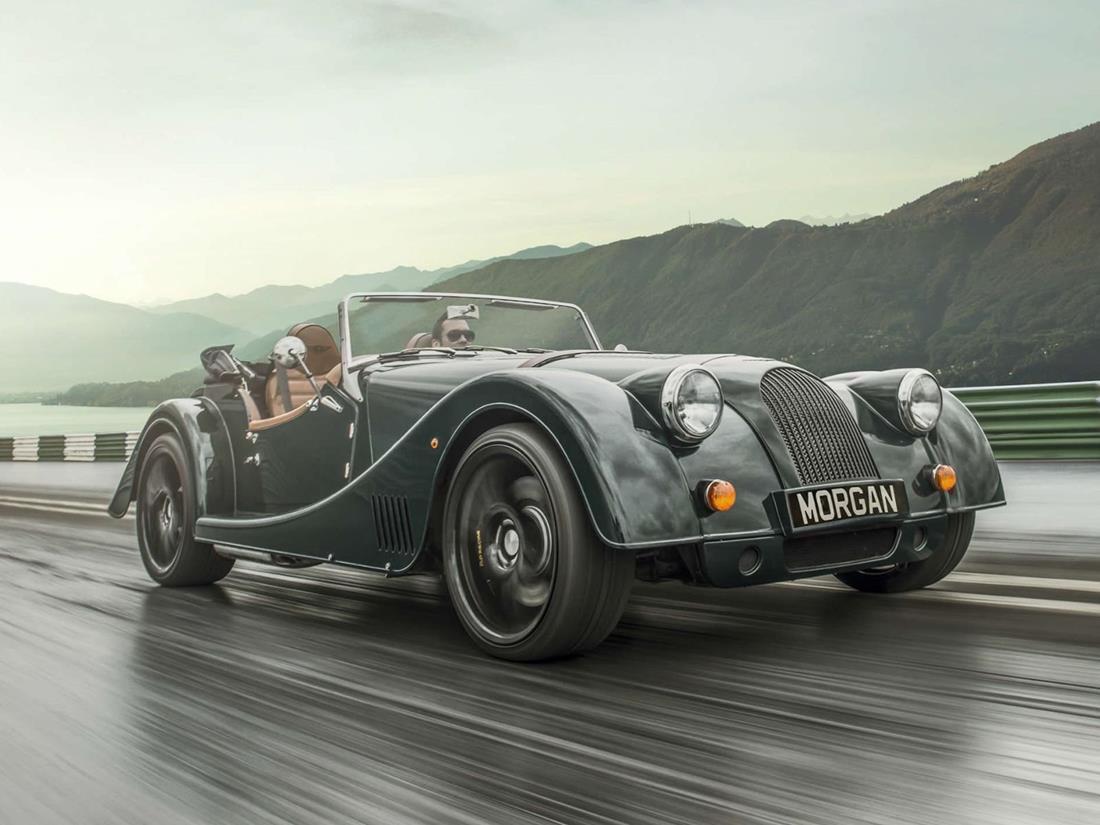
Sales in the United States
For nearly two decades in the 1950s and 1960s, North America occupied most of Morgan's production. Popularity in the United Kingdom and Europe fell sharply during that time. The era ended with the advent of strong structural and emission laws. Fortunately, the failure of the modern +4+ look and the arrival of the powerful Plus 8 have rekindled interest in the domestic market across the board.
In the USA, a way was found to continue importing morgans after 1974. From 1974 to 1992, all imported morgans (98% of which were Plus 8s) to the United States were converted to run on propane as a fuel in order to approve US emission regulations. .

When the Rover Group again certified its V-8 engine for use in the Range Rover SUV sold in the USA, Morgan made a gasoline +8 available with the same engine in the same tune and with the same anti-emission devices. As safety regulations continue to change, Morgan was again challenged in 2006 to meet the new structural requirements announced by NHTSA in 2000. An application for an exemption from the airbag law was refused and the import of traditional (classic) Morgans products ceased.







































































































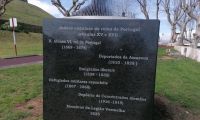



































































































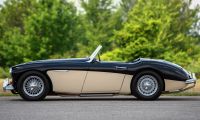











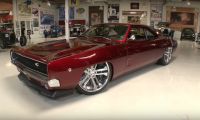



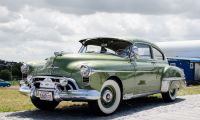







































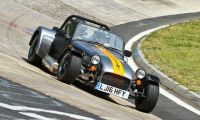






































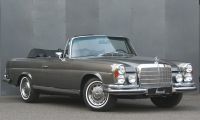
























































































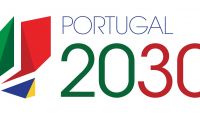




























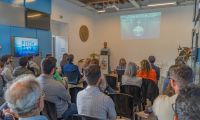




























































































































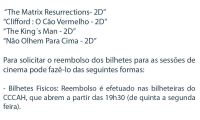









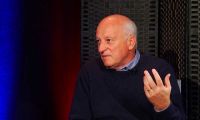






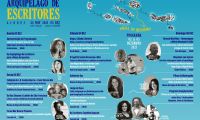

















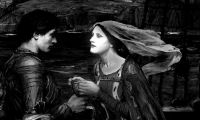






















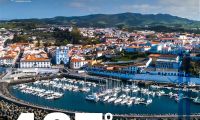






























































































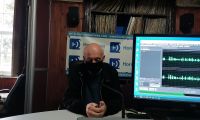

















































































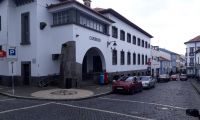
































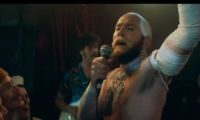


































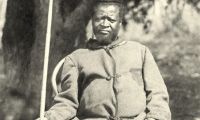




























































































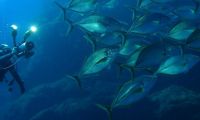


























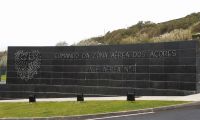

































































































































































































































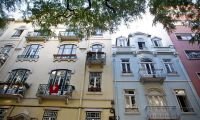



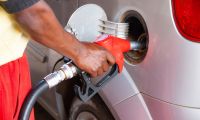








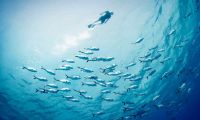












































































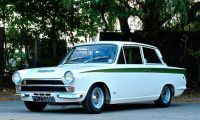








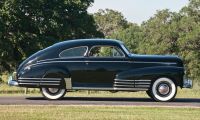















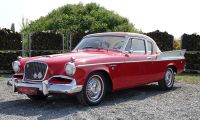






























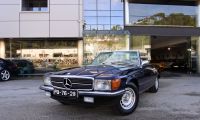









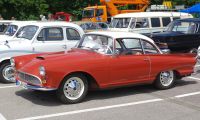


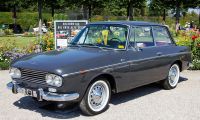
























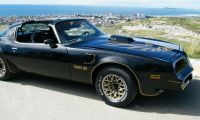














































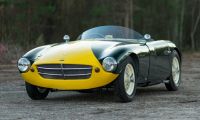



















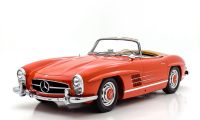





















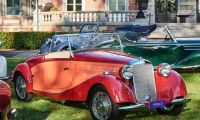





















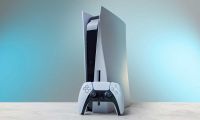



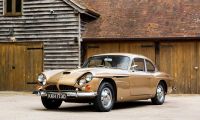































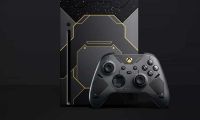




















































































































































































 LINKS E SITES IMPORTANTES
LINKS E SITES IMPORTANTES


